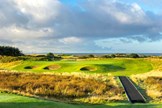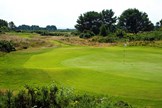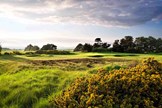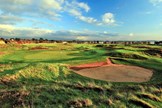9 exquisite links courses to play in Ayrshire
Published:
Dundonald (above)
Originally known as ‘Southern Gailes’, reflecting its close proximity to the other Gailes courses that follow in this article, Dundonald was built in late 2003, and whilst it may lack a clubhouse and the views of some on this coast, it has an abundance of class. Those who like the examination and ‘look’ of a modern links, will adore it. The fairways are often generous but burns sneak into the eyeline and the mind while the bunkering is sharp and astute. The greens are slick but true, and are surrounded by slopes that delight in escorting the slightly-errant approach off to a resting place on grass so tightly mown that the putter is a wise choice for all but the most sure-handed. A good ball-striker and putter’s delight, Dundonald – rumoured to be poised to host a Scottish Open – belongs indisputably among Ayrshire’s elite.
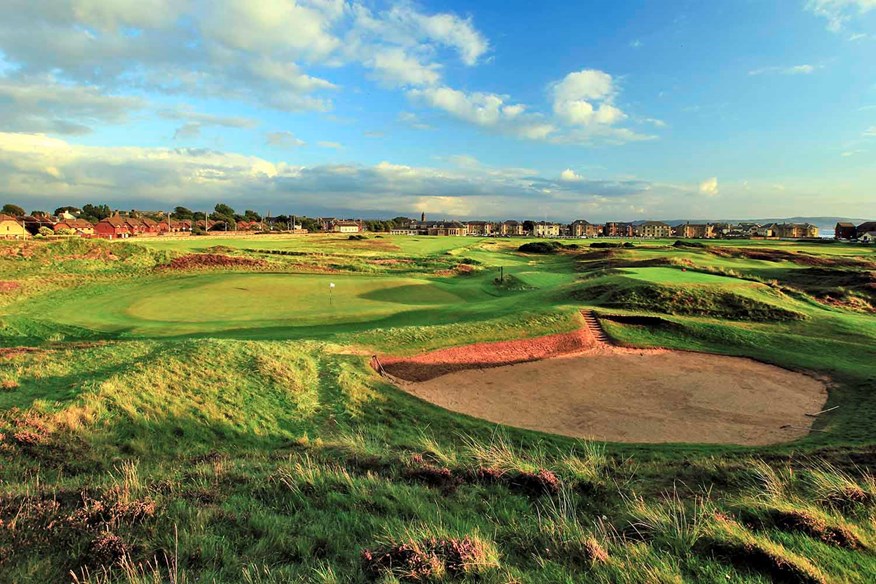
Prestwick
The birthplace of The Open, it begins and ends with a handful of holes the equal of any in Scotland. Fail to find enjoyment from them and you may be pursuing the wrong pastime. Blind shots, pot bunkers, humps, hollows, sporty par 4s, bewildering par 3s, an exceptionally warm welcome at the club, memorabilia to soak up in the clubhouse (along with a tremendous lunch); it is likely to be the best fun you’ve had for a while.
Royal Troon
Often described as a dour test, Troon is a good deal more picturesque than it is often given credit for. The opening holes along the coast offer views better than most on The Open rota outside the Ailsa, not least at the par-3 5th. The strong 6th is then followed by a super dog-leg at 7 and then the iconic 8th. A back nine characterised by narrow fairways lined by gorse is usually played into the wind and tests even the world’s elite. The free round on the neighbouring Portland makes the stiff summer fee better value.
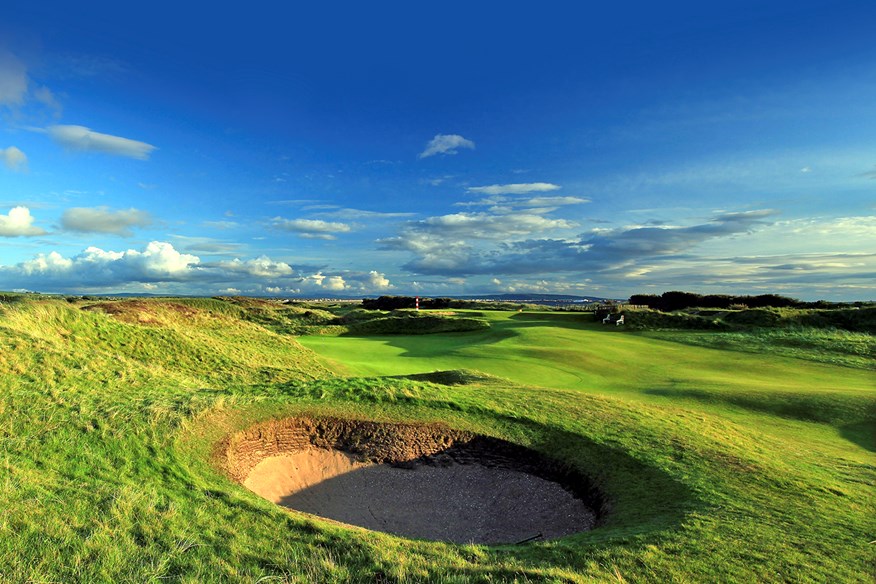
Western Gailes
Western Gailes is hardly disregarded by rankings or commentators – note its position at No.37 in our Top 100 – but it is largely overshadowed by the big names that have already appeared in this article. However, you would be wise to make room on your itinerary for this outstanding links. “I had heard so much praise about Western Gailes that it was high on my list of must-play courses. It didn’t disappoint. Beautiful holes on great land make it endlessly interesting and challenging… I look forward to my next chance to play,” says 2006 US Open champion Geoff Ogilvy. This connoisseur’s course is a natural links of undulating fairways, a line of dunes running along the coastal stretch from 5 to 13, meandering burns and greens tucked between sand hills. As so many are on this coast, it sits between a railway line and the sea, but differs in having a centrally-located clubhouse (seven to the north, 11 to the south) with the links laid out on a slender strip of land never more than two holes deep. You take in views of the Firth of Clyde and deal with a breeze off it, and you can assume you will be tested on the back nine.
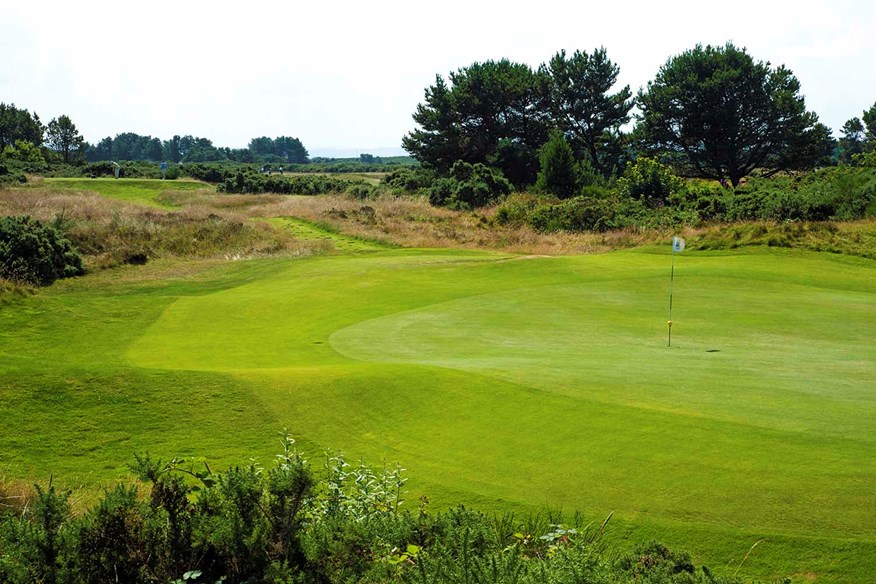
Gailes Links
Now referred to as Gailes Links, rather than Glasgow Gailes, with the first part of its ‘old’ name deriving from being part of a two-course club whose other layout is a parkland in the city (at Killermont). This is the jewel though, an Old Tom Morris and Willie Park collaboration that has hosted the Home Internationals, co-hosted The Amateur and from 2014 began a four-year stint as Scotland’s Final Qualifying course for The Open. Located between Western Gailes and the town of Irvine, it is another links over a century old that is far from an obsolete relic in championship terms. Close to 7,000 yards to a par of 71, its gorse, heather and railway-line framed fairways are only ever burnt up by a spell of warm, dry weather. It begins with a succession of stringent par 4s along undulating fairways to subtle greens.
West Kilbride
This links sits in the little seaside town of Seamill and being set apart from the rest is, one suspects, a reason it is not as well known as even Irvine or Barassie. It ought to be though, because this is a proper links of huge appeal. Laid out by Old Tom, it gets steadily better, with the holes around the turn and then on the especially linksy back nine along the shore of a high calibre. It is short, but coming home along the shore the breeze gives it teeth. You come here, though, for the textbook turf, the smell of the sea and the sense this is how golf was meant to be.
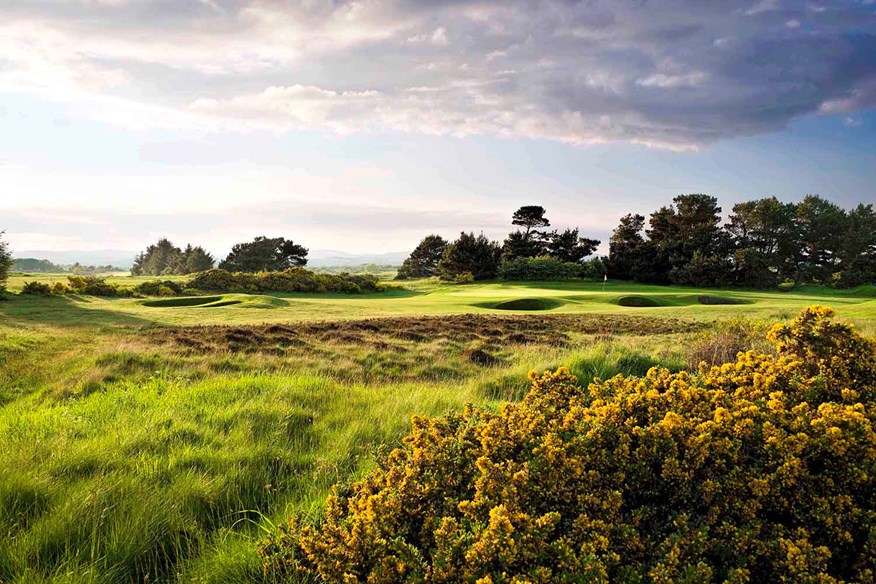
Irvine
It is easy to mistake Irvine as a sporty course of quirks and character. This 1887 links – known locally as Bogside – is certainly that, and those may well be the holes you remember the most fondly and for the longest, but it is no stroll. A James Braid design of 6,415 yards, it is located a few miles inland and it is not as adorned with sea views. You relish instead striking irons and wedges from sensational sandy turf as you negotiate the blind shots and the hidden greens. Not for everyone, but if you enjoy this kind of fare, among gorse and heather, you will love it at Bogside.
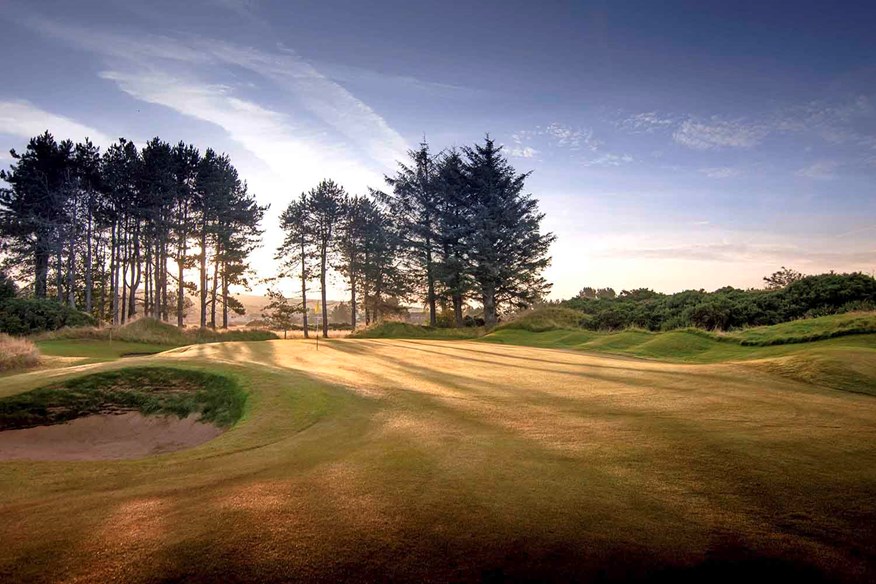
Kilmarnock Barassie
It is much closer to Troon (and thus the coast) than Kilmarnock, sitting between Western Gailes to the north and Troon’s municipals to the south. While Barassie dates back to 1887, it is now a mixture of old and new by virtue of nine extra holes that were opened 110 years later. Some may be undecided about the new additions but they have ensured Barassie is a championship test able to host Open Final Qualifying, the Boys Amateur and the Scottish Amateur Strokeplay. It is likely to be the pure links holes of Theo Moon from the 1800s you will enjoy most though, set down on gorgeous turf and often lined by pine trees, gorse and the obligatory railway track. You can play the old nine holes not now part of the ‘championship’ layout if you prefer…
Prestwick St Nicholas
PSN is more aesthetically pleasing than the town’s famous links. It’s a course of gorgeous purple heather, of springy turf (of the type you imagine gets very fast in the summer), of quirky and classic design features and of far-reaching views. The best of it is a terrific loop of characterful, feature-packed holes – including rumpled fairways, an infinity green, table-top greens, evil pots and blind shots – from the 3rd to the 6th. It is followed by a flatter section on gorse-defined land with terrific views all the way down to Turnberry with ferries dotted along the Firth of Clyde.

